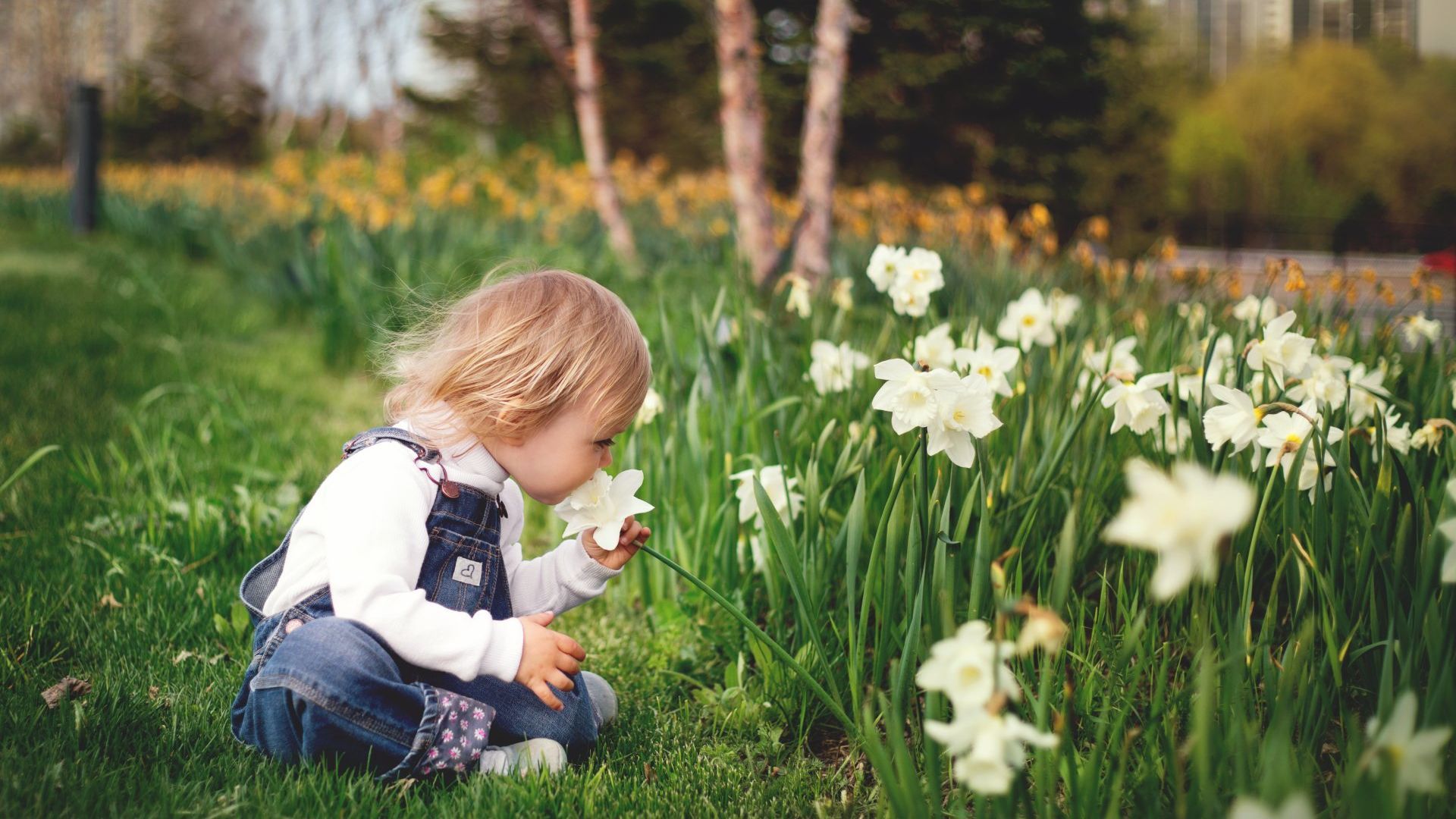The Milestones of Toddler Development

Toddlers – those delightful little beings aged between one and three years – are a bundle of energy, curiosity, and rapid development. As they transition from dependent babies to more independent children, parents and caregivers often find themselves amazed at the pace of their growth and the plethora of skills they acquire. Understanding the milestones of toddler development can provide insight into their world and help ensure they're on the right track. Let’s delve into some of these significant developmental markers.
1. Physical Development:
- Walking and Running: Most toddlers take their first unassisted steps around their first birthday. Over the next several months, they refine this skill, progressing from tentative steps to confident walking and eventually running.
- Climbing: With their newfound mobility, toddlers love to explore vertical spaces. You might find them trying to climb furniture, stairs, or playground equipment.
- Fine Motor Skills: By age three, most toddlers can stack blocks, scribble with crayons, and start showing a preference for a dominant hand.
2. Cognitive Development:
- Problem-Solving: Toddlers begin to demonstrate problem-solving skills. This might manifest as figuring out how to operate a toy or how to fit a square block into the correct hole.
- Imitation: They love to mimic adults, whether it's talking on a toy phone, "reading" a book, or trying to sweep the floor.
- Object Permanence: By now, they understand that objects exist even when they can't see them. This understanding forms the basis for games like peek-a-boo.
3. Language Development:
- Vocabulary Expansion: While a one-year-old might have a vocabulary of a few words, by the time they're three, most toddlers can use 200 or more words. They progress from single words to two-word sentences and then to more complex statements.
- Questions Galore: "Why?" becomes a favorite word for many toddlers, signaling their growing curiosity about the world.
- Understanding Instructions: Older toddlers can often understand and follow two-step instructions, like "pick up the toy and put it in the box."
4. Social and Emotional Development:
- Developing Independence: It's not uncommon to hear a toddler exclaim, "I do it!" They're beginning to seek independence, which can sometimes result in power struggles, especially during routines like dressing or eating.
- Parallel Play: While toddlers might play "beside" other children, they don't often engage in cooperative play. This parallel play is entirely normal and a precursor to more interactive play in later years.
- Empathy: Towards the end of the toddler stage, many children start showing signs of empathy. They can recognize when someone is sad or hurt and might try to comfort them.
5. Sleep Patterns:
- Transitioning from Two Naps to One: Most toddlers shift from two daily naps to a single nap around the age of 18 months.
- Night-time Sleep: A typical toddler sleeps about 11-12 hours at night. However, sleep disruptions can occur due to factors like teething, developmental leaps, or transitioning from a crib to a bed.
Challenges and Tips:
While these milestones are benchmarks of average development, remember that each child is unique. Some might walk before their first birthday, while others might take a few more months. It's essential to avoid comparing your toddler too closely with peers.
The toddler years also introduce challenges like tantrums, which are often a result of their developing sense of independence coupled with a still-limited ability to communicate. It's crucial for caregivers to approach these years with patience, understanding, and consistency.
In conclusion, the toddler years are a whirlwind of growth and change. By understanding and anticipating these milestones, parents and caregivers can offer the right support and encouragement, ensuring their little ones thrive during this significant developmental phase. And amidst the challenges, don't forget to cherish the delightful moments – the joyous dances, the infectious laughter, and the wonder in their eyes as they discover the world around them.










